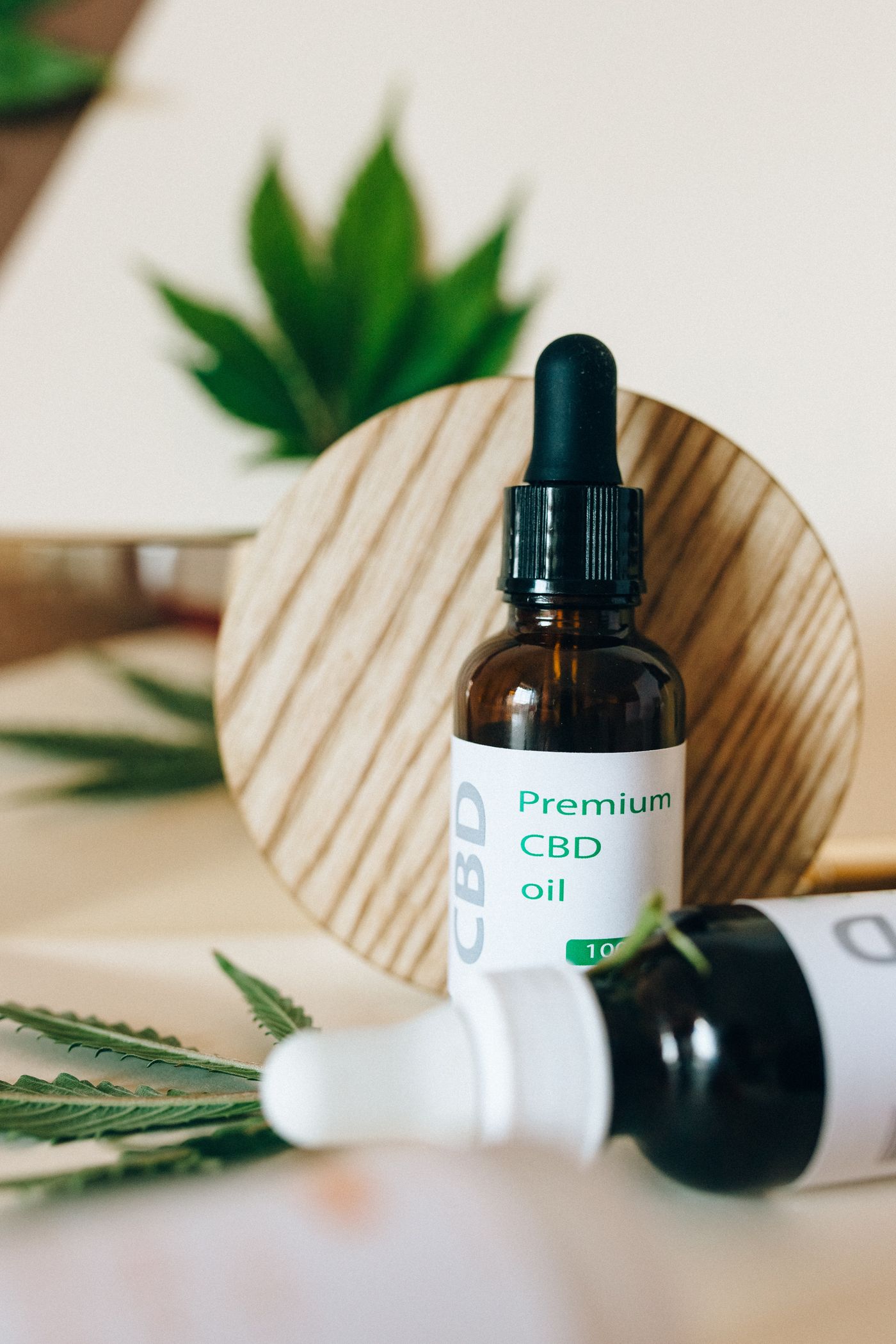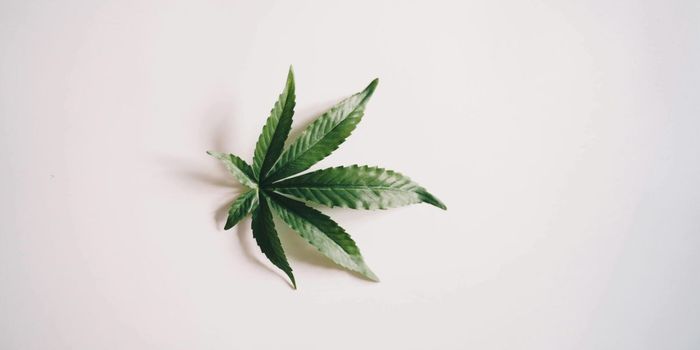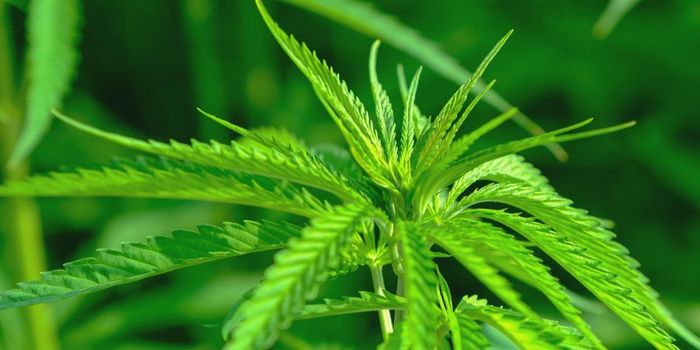CBD-Hemp Valorization: Essential Oils and Enhanced Cannabinoid Composition as a Sustainable Solution?
Hemp cultivation is propelling to the forefront of the agricultural industry. Harvested primarily for fiber and seeds, industrial hemp (Cannabis sativa L.) is a multi-purpose cash crop used to manufacture a growing array of commercial and consumer products.
Of particular emerging interest in the agro-industrial field is hemp cultivation for generating essential oils and isolating valuable chemical compounds, such as terpenes and cannabinoids.
Characteristically aromatic, the major constituents of hemp essential oils are terpenes. During the steam distillation process used to generate hemp essential oils, the terpenes are extracted into a liquid devoid of significant cannabinoid concentrations.
Cannabinoids such as cannabidiol (CBD), cannabichromene (CBC), cannabidivarin (CBDV), and cannabigerol (CBG) are suggested to play a therapeutic role in a variety of conditions. Extraction of these cannabinoids is therefore gaining interest amongst researchers and clinicians. However, the currently restricted legal and political landscape requires cultivators and researchers to optimize their methods in order to get significant yields of these compounds. Furthermore, due to legal and ethical concerns, diminution of the psychoactive cannabinoid THC is of critical importance.
Cannabinoid extraction can be performed using a variety of methods, with two prominent methods being via steam distillation and supercritical CO2 extraction. According to a chief operating manager at Vantage Hemp, albeit very effective at concentrating the desired cannabinoids, supercritical CO2 extraction also concentrates the undesired THC cannabinoid. Often, the extract then no longer meets legal requirements and is subsequently unusable. Moreover, because only ~10% of the plant biomass is utilized in the process, the other ~90% of the hemp biomass is either disposed, recycled, or potentially repurposed.
So, how can industrial hemp production cater to consumer application but also be optimized to make use of the wasted plant remains? How can we sustainably capitalize on the multifarious attributes of industrial hemp?
According to a new study recently published in Nature’s Scientific Reports, industrial hemp biomass valorization may be the answer. More specifically, the team proposes that valorization may be achieved through hemp essential oil production accompanied by commercial utilization of the extracted hemp biomass with an enriched cannabinoid profile.
Biomass valorization is the conversion of biomass (generally plants and residues) into energy, fuels, and other pragmatic commodities. This agro-industrial field is gaining popularity as the urgency for environmentally sustainable practices escalates.
The study investigated the constituent and compositional effects of steam distillation on the cannabinoid profiles in the extracted industrial hemp biomass. Using plant extracts from four different hemp cultivars, the researchers generated hemp essential oils using steam distillation. They then analyzed the constituent and compositional profiles of the resultant essential oils and distilled biomasses using gas chromatography mass-spectroscopy (GC-MS) and high-performance liquid chromatography (HPLC).
In the hemp biomasses, distillation enhanced their cannabinoid composition and content. Namely, conversion of a number of cannabinoids into their therapeutic analogs accompanied distillation: cannabidiolic acid (CBD-A) into CBD, cannabichromenic acid (CBC-A) into CBC, cannabidivarinic acid (CBDV-A) into CBDV, cannabigerolic acid (CBG-A) into CBG, and Δ9-tetrahydrocannabinolic acid (THC-A) into THC. The THCA-A to THC conversion reduces the total THC present, which bodes well for legal compliancy. Analyses of the respective essential oils from the same distillation process revealed similar terpene compositions between cultivars, but at varying ratios.
The authors suggested that the cannabinoid conversions following distillation are likely due to decarboxylation of the precursor compounds during the distillation process. Although further functional studies need to be performed to confirm that the relationship between distillation and decarboxylation is causative, this technique hold promise as a sustainable alternative to current conventions.
Sources: Agricultural Marketing Resource Center; U.S. Department of Agriculture, Topics; U.S. Department of Agriculture, Rules & Regulations; CrescoLabs; HempGrower; Waste and Biomass Valorization; Scientific Reports









